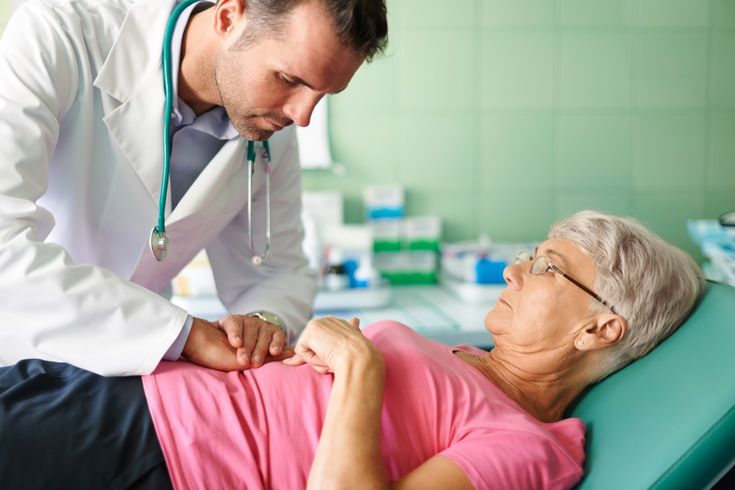Introduction:
The gallbladder is a small, pear-shaped organ located under your liver. It stores bile, a fluid your body uses to digest fats. If you're experiencing pain or discomfort due to gallstones or other gallbladder problems, your doctor might recommend gallbladder removal surgery. This routine procedure, known as a cholecystectomy, is performed laparoscopically, making it minimally invasive and promoting faster recovery.

This article guides you through what to expect before, during, and after gallbladder removal surgery. We'll cover the procedure, potential risks and complications, and tips for a smooth recovery.
Understanding Gallbladder Removal Surgery:
Gallbladder removal is performed under general anesthesia, meaning you'll be asleep throughout the procedure. The surgeon makes several small incisions in your abdomen and inserts a laparoscope, a thin tube with a camera, to view the gallbladder on a monitor. They then remove the gallbladder through one of the incisions. The procedure usually takes an hour or two.
Recovery and Aftercare:
After surgery, you'll be monitored in a recovery room for a few hours. Most patients go home the same day. However, if there are any complications, an overnight stay might be necessary. Your medical team will provide you with pain medication and instructions on caring for your incisions.
You can expect some discomfort, bloating, and fatigue for a few days after surgery. You'll need to avoid strenuous activity and heavy lifting for a few weeks. Your diet will likely be restricted to liquids and soft foods initially, gradually progressing to a normal diet as you heal.
Potential Risks and Complications:
While gallbladder removal is considered a safe procedure, there are potential risks and complications, as with any surgery. These include: - Infection - Bleeding - Bile duct injury - Post-cholecystectomy syndrome (PCS), a rare condition that causes symptoms similar to those before surgery
Contact your doctor if you experience fever, severe pain, redness or swelling around the incisions, nausea, vomiting, or jaundice after surgery.

.jpg)